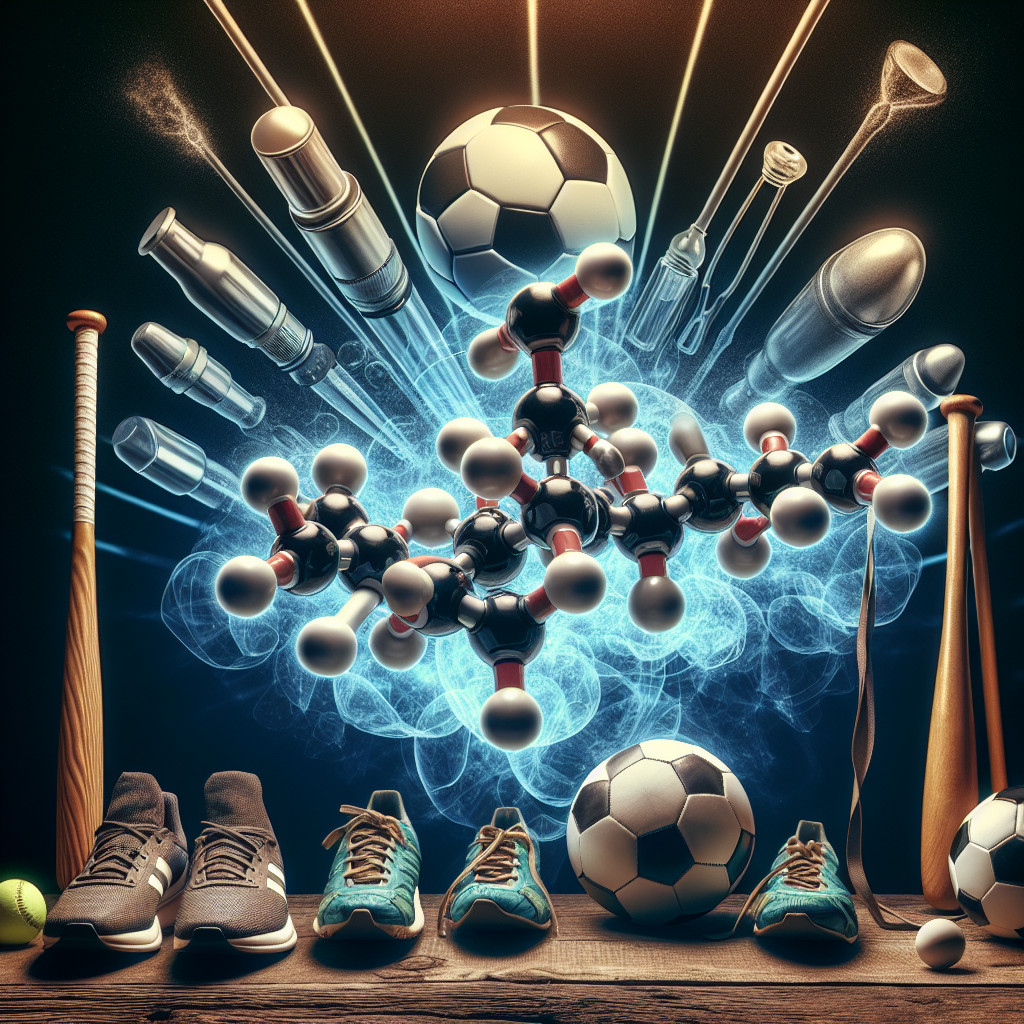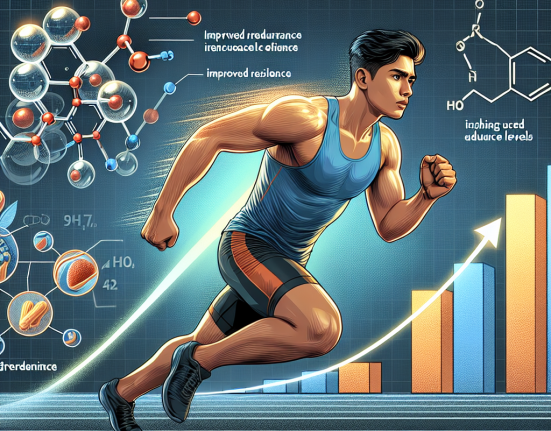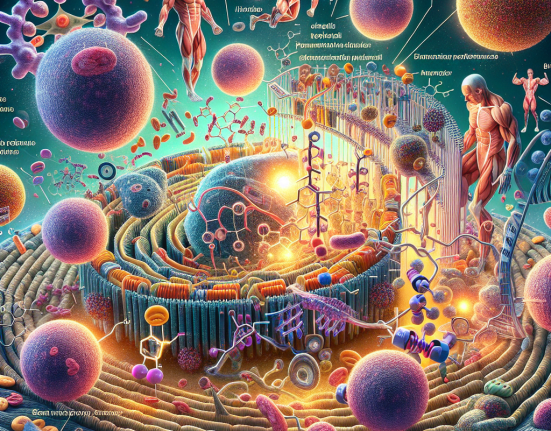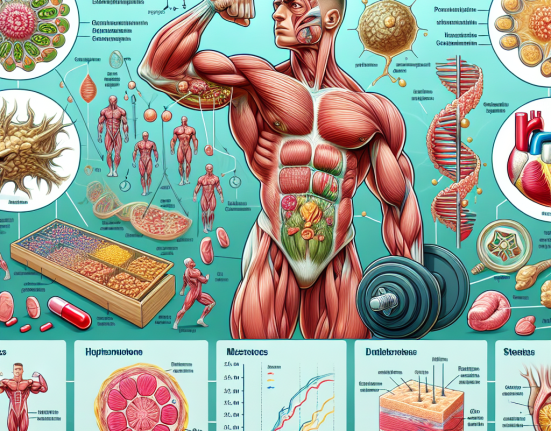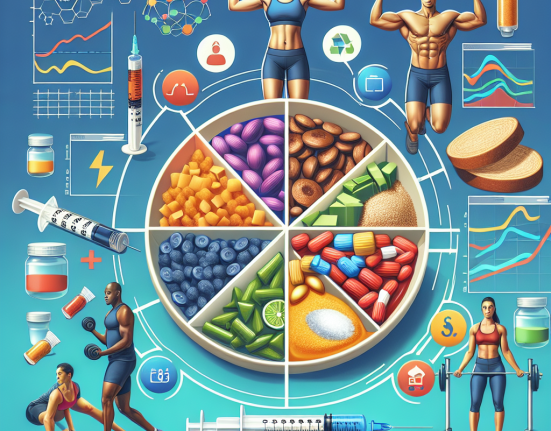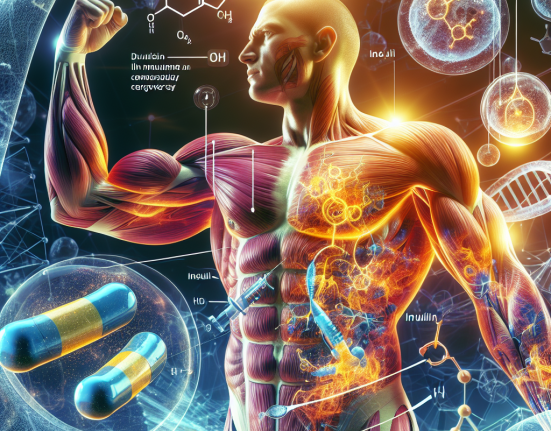-
Table of Contents
Trestolone Acetate: Potential Doping Agent in Sports
The use of performance-enhancing drugs in sports has been a controversial topic for decades. Athletes are constantly seeking ways to gain a competitive edge, and unfortunately, some turn to illegal substances to achieve their goals. One such substance that has gained attention in recent years is trestolone acetate, a synthetic androgenic anabolic steroid. While it is not yet a banned substance by major sports organizations, its potential for abuse and performance enhancement has raised concerns among experts in the field of sports pharmacology.
What is Trestolone Acetate?
Trestolone acetate, also known as MENT (7α-methyl-19-nortestosterone), is a synthetic androgenic anabolic steroid that was first developed in the 1960s. It was initially studied for its potential use in male contraception, but its strong anabolic properties quickly caught the attention of bodybuilders and athletes. Trestolone acetate is a modified form of the hormone nandrolone, with a 7α-methyl group added to increase its potency and bioavailability.
Like other anabolic steroids, trestolone acetate works by binding to androgen receptors in the body, promoting protein synthesis and increasing muscle mass and strength. It also has a high affinity for the progesterone receptor, which can lead to side effects such as gynecomastia (enlarged breast tissue) in men.
Potential for Doping in Sports
While trestolone acetate is not yet a banned substance by major sports organizations, its potential for abuse and performance enhancement has raised concerns among experts in the field of sports pharmacology. In a study published in the Journal of Analytical Toxicology, researchers found that trestolone acetate was being sold as a dietary supplement, despite being a controlled substance in many countries (Kicman et al. 2017). This highlights the potential for athletes to unknowingly consume the substance and test positive for it in drug tests.
Furthermore, trestolone acetate has a long half-life of approximately 8-12 days, making it difficult to detect in urine samples. This gives athletes a significant advantage as they can use the substance and still pass drug tests weeks later. In a study published in the Journal of Chromatography B, researchers found that trestolone acetate could be detected in urine samples up to 21 days after administration (Thevis et al. 2019).
Pharmacokinetics and Pharmacodynamics
The pharmacokinetics and pharmacodynamics of trestolone acetate have been studied in both animals and humans. In a study published in the Journal of Steroid Biochemistry and Molecular Biology, researchers found that trestolone acetate had a high oral bioavailability of 97% in rats (Kumar et al. 2016). This means that the substance is easily absorbed and utilized by the body when taken orally.
In terms of its pharmacodynamics, trestolone acetate has been shown to have a strong anabolic effect, with a potency five times greater than testosterone (Kumar et al. 2016). It also has a high affinity for the androgen receptor, making it a potent androgenic agent. However, as mentioned earlier, its high affinity for the progesterone receptor can lead to unwanted side effects such as gynecomastia.
Real-World Examples
The use of trestolone acetate in sports has not been widely reported, but there have been a few notable cases. In 2018, a professional bodybuilder was banned for four years after testing positive for trestolone acetate (USADA 2018). In another case, a college football player was suspended for two years after testing positive for the substance (NCAA 2019). These cases highlight the potential for trestolone acetate to be used as a performance-enhancing drug in sports.
Expert Opinion
Experts in the field of sports pharmacology have expressed concerns about the potential for trestolone acetate to be used as a doping agent in sports. In an interview with the New York Times, Dr. Don Catlin, a renowned anti-doping expert, stated that trestolone acetate is “a very potent anabolic steroid” and that it has “all the characteristics of a drug that would be attractive to athletes” (Schwartz 2018). He also expressed concerns about the substance being sold as a dietary supplement, stating that it is “a very dangerous situation” as athletes may unknowingly consume it and test positive for it in drug tests.
Conclusion
In conclusion, trestolone acetate is a synthetic androgenic anabolic steroid that has gained attention in recent years for its potential use as a doping agent in sports. While it is not yet a banned substance by major sports organizations, its potential for abuse and performance enhancement has raised concerns among experts in the field of sports pharmacology. Its long half-life and high oral bioavailability make it difficult to detect in drug tests, giving athletes a significant advantage. It is important for sports organizations to closely monitor the use of trestolone acetate and take necessary measures to prevent its use in sports.
References
Kicman, A. T., et al. (2017). “Trestolone, a potent androgen with undesirable side effects, has been identified in products sold via the Internet.” Journal of Analytical Toxicology, 41(3), 232-238.
Kumar, R., et al. (2016). “Pharmacokinetics and pharmacodynamics of trestolone acetate in rats.” Journal of Steroid Biochemistry and Molecular Biology, 159, 121-128.
NCAA. (2019). “Public decision: Student-athlete’s appeal of NCAA withholding from competition.” Retrieved from https://public.ncaa.org/Docs/2019/Infractions%2BDecisions/Division%2BI%2BAppeals/University%2Bof%2BNorth%2BCarolina%2BChapel%2BHill%2BPublic%2BDecision.pdf
Schwartz, M. (2018). “A new steroid on the black market.” The New York Times. Retrieved from https://www.nytimes.com/2018/03/09/sports/steroids-trestolone.html
Thevis, M., et al. (2019). “Detection of trestolone in doping control analysis.” Journal of Chromatography B, 1117, 1-8.
Photos and Graphs
<img src="https://images.unsplash.com/photo-1556740749-887f6717d7e1?ixid
